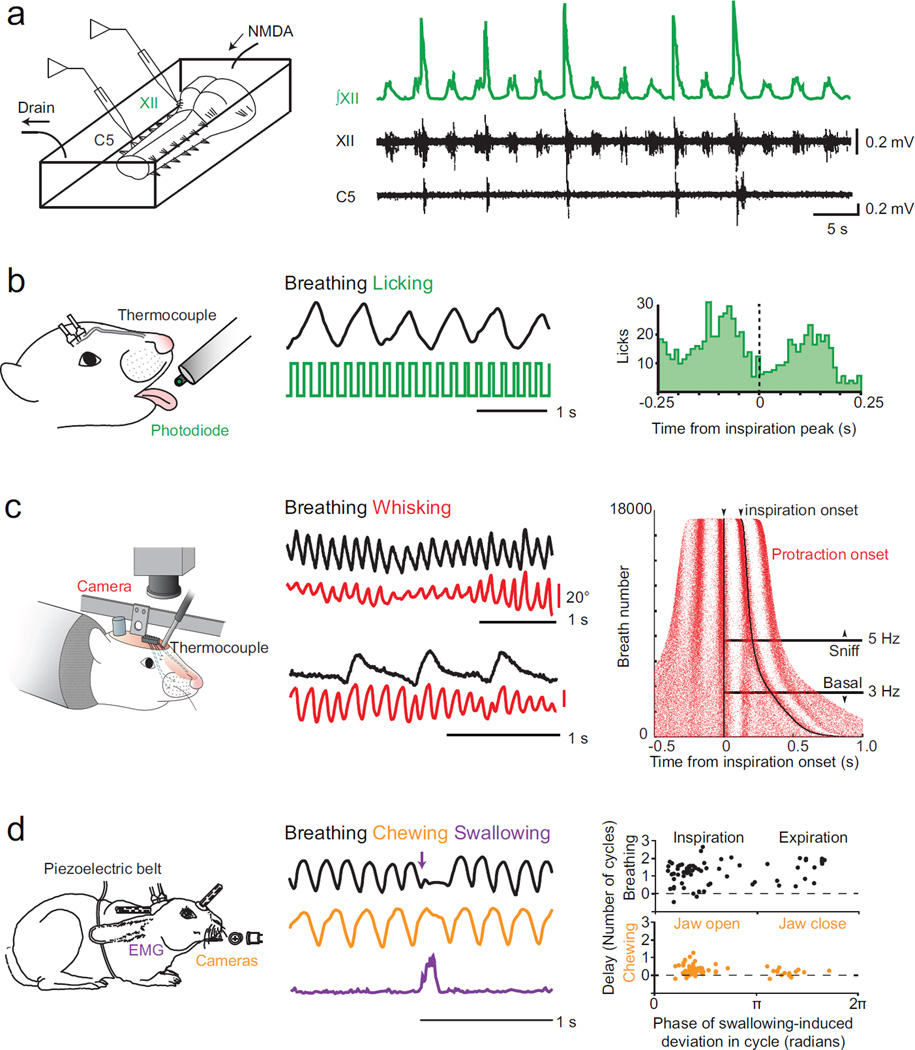Figure 2. Coordination between breathing and other rhythmic orofacial actions.
(a) An isolated brainstem preparation in which rhythmic bursts of fictive motor activity were induced via bath application of NMDA (left). Hypoglossal and phrenic motor outputs were monitored electrophysiologically via the XIIth cranial rootlet and the 5th cervical rootlet, respectively (black traces, right). The integrated activity of the XIIth rootlet is shown in green. Phrenic bursts are reported to reset the phase of the faster hypoglossal rhythm. Adapted from15, 125.
(b) Simultaneous monitoring of licking (green) and breathing (black) in an alert rat (left and middle) show that the actions are coordinated (right). The occurrence of a lick is dependent on the phase of the respiratory cycle. Adapted from16.
(c) Simultaneous monitoring of whisking (red) and breathing (black) in an alert rat (left and middle) show that the actions are coordinated (right). Protraction and inspiration are upward. Inspiration is synchronous with protraction on each cycle (top middle) during sniffing but only with a fraction of the cycles during basal respiration (bottom middle), as intervening whisks occur. Rasters of inspiration onset (black) and protraction onset (red) times relative to the onset of inspiration for individual breath are ordered by the duration of the breath (right). At high respiratory rates, whisking and breathing show a 1:1 temporal relationship, while at lower breathing rates there are additional, intervening whisks between each breath. Adapted from20.
(d) Simultaneous monitoring of chewing (orange), swallowing (purple), and breathing (black) in an alert rabbit (left and middle) reveal the nature of their coordination. While breathing and chewing appear to be asynchronous, swallowing affects both rhythms. The occurrence of a swallowing movement delays subsequent breathing and chewing cycles. Adapted from25.

